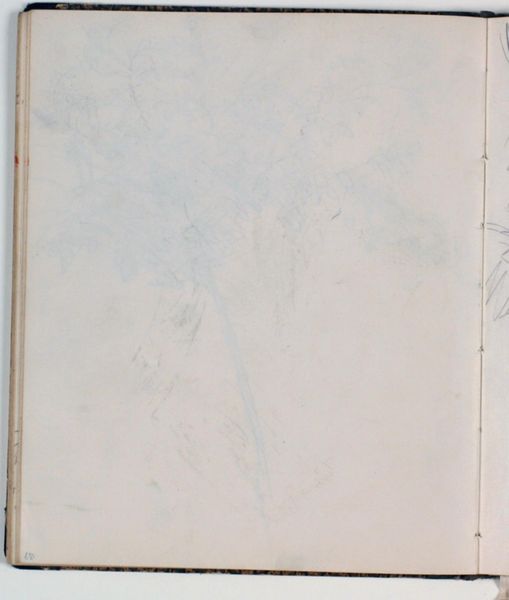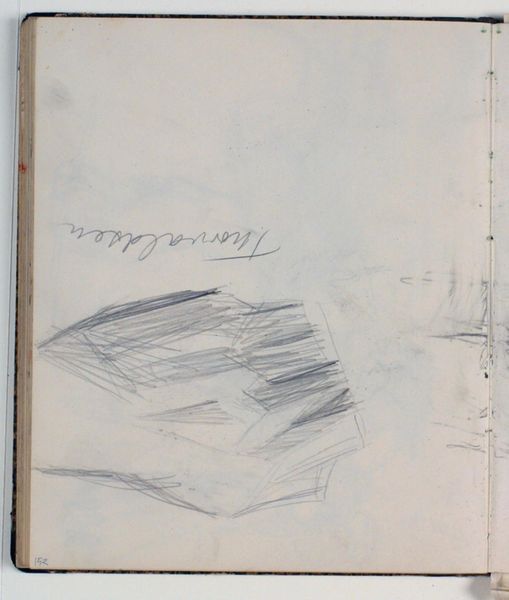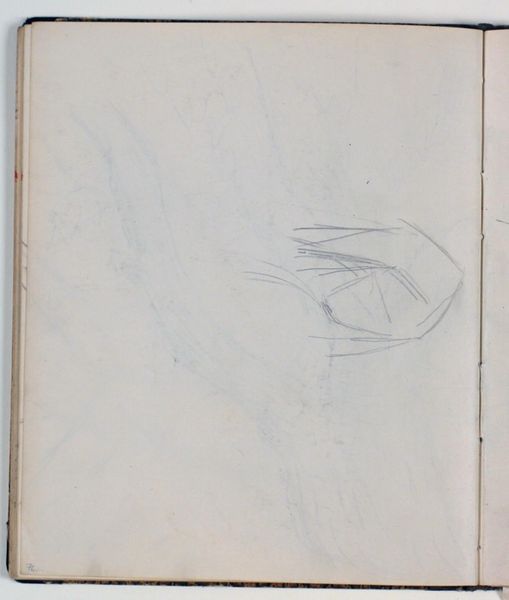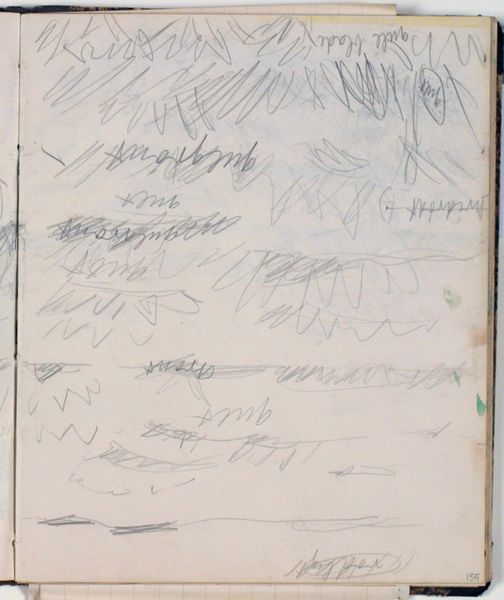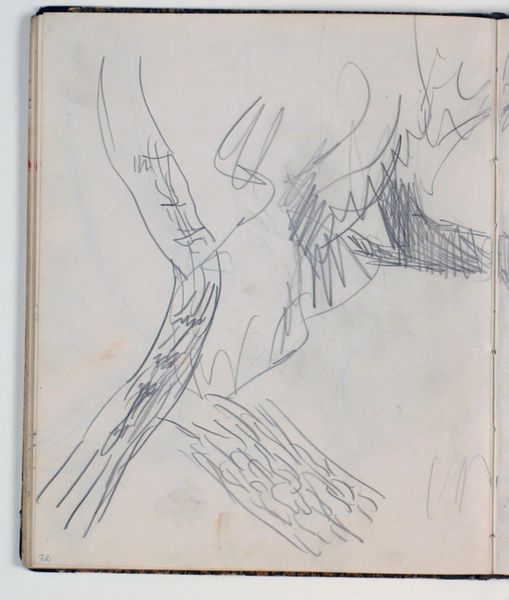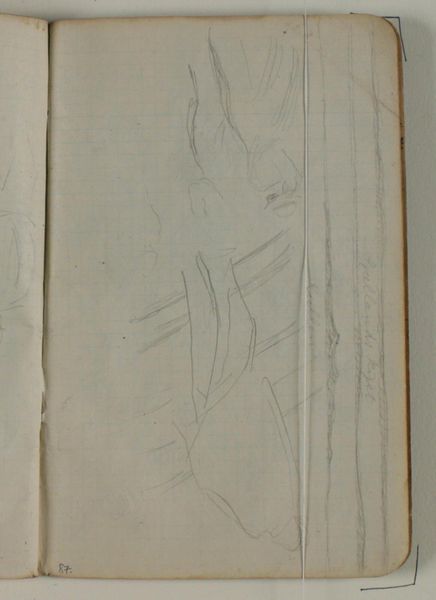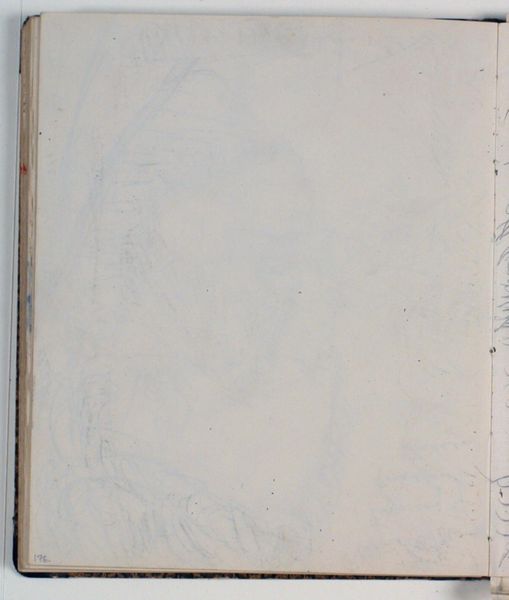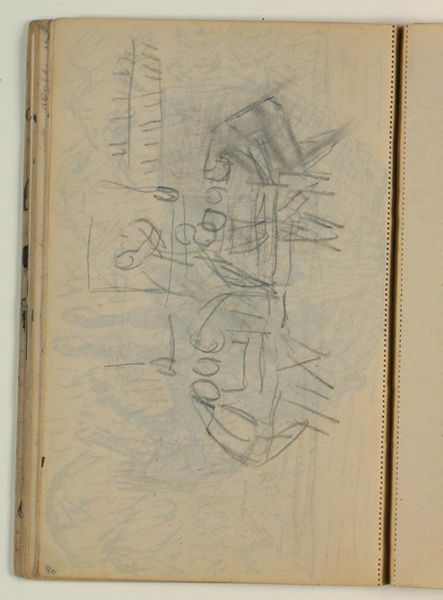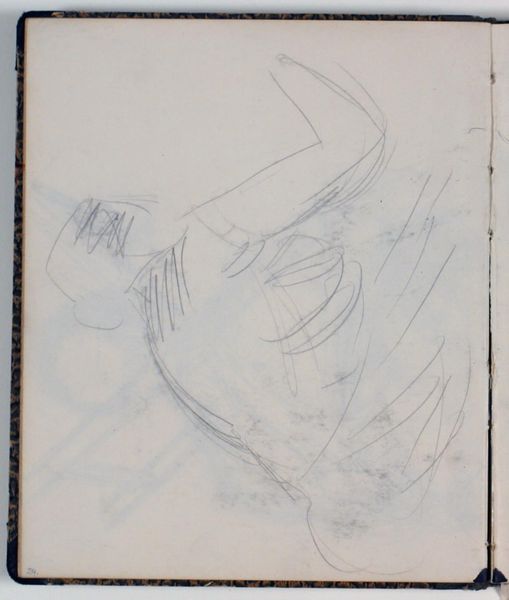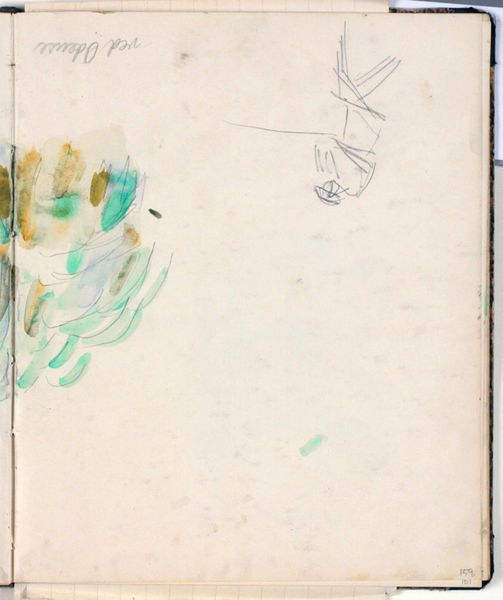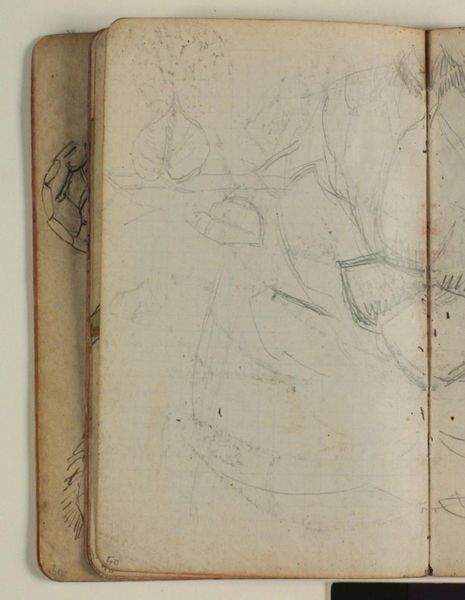
drawing, paper, graphite
#
drawing
#
paper
#
geometric
#
abstraction
#
line
#
graphite
Dimensions: 226 mm (height) x 185 mm (width) x 112 mm (depth) (monteringsmaal), 221 mm (height) x 184 mm (width) (bladmaal)
Editor: Here we have "Uidentificerede rids" – or "Unidentified Scribbles" – a graphite drawing on paper by Niels Larsen Stevns, created sometime between 1930 and 1936. The overlapping lines definitely create a sense of dynamic movement, but I can’t quite decipher any particular subject matter. What’s your read on this intriguing piece? Curator: This drawing exists within a crucial period where artists began questioning traditional representation. Consider the rise of abstraction following World War I. What societal shifts do you think prompted such a dramatic departure from realism in art? Editor: I guess, in a way, the world itself was unravelling, and art was just reflecting that chaos. It seems like this piece also departs from any narrative function and focuses instead on the pure expression of line. Curator: Precisely. By detaching line from descriptive duties, Stevns liberates it to explore form, rhythm, and space independently. Do you see any resonance between this approach and, say, the political currents advocating for individual liberty at the time? Remember, the role of the artist and their individual expression was heavily debated. Editor: Hmm, so this abstraction becomes a statement about artistic freedom and the power of individual interpretation during a time of social change? The geometric forms contribute to a feeling of structural tension. Curator: Exactly. It’s not just an exercise in aesthetics, it's also about making visible this radical rethinking of society by moving away from accepted structures, traditions, even in drawing! And in its display within a museum context, what power do these seemingly "simple scribbles" now hold? Editor: I hadn't really thought about it that way before. I see that a museum is now conferring legitimacy to his individual expression! Thanks – now I understand better that art can reflect big social forces, even with simple lines.
Comments
No comments
Be the first to comment and join the conversation on the ultimate creative platform.
